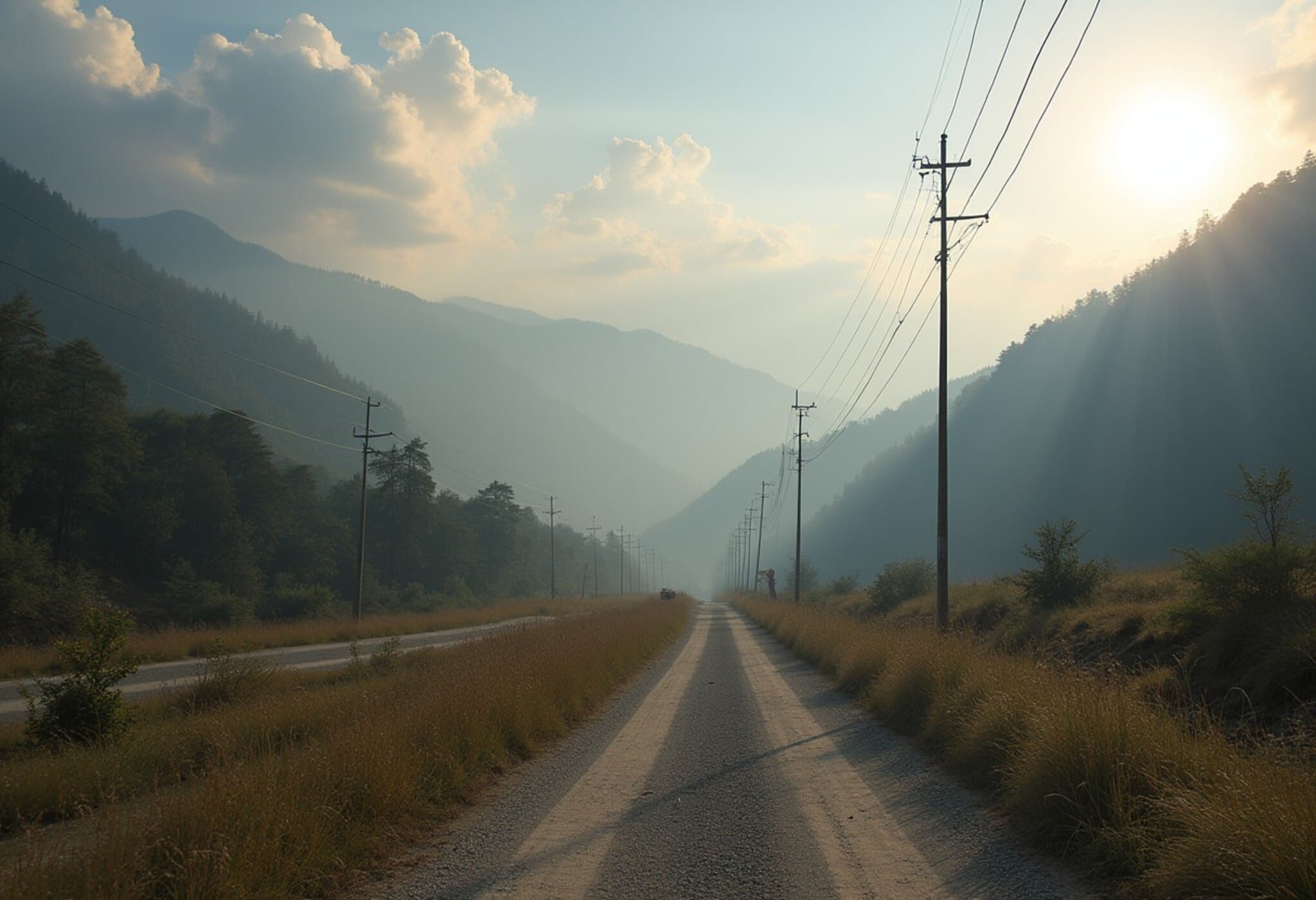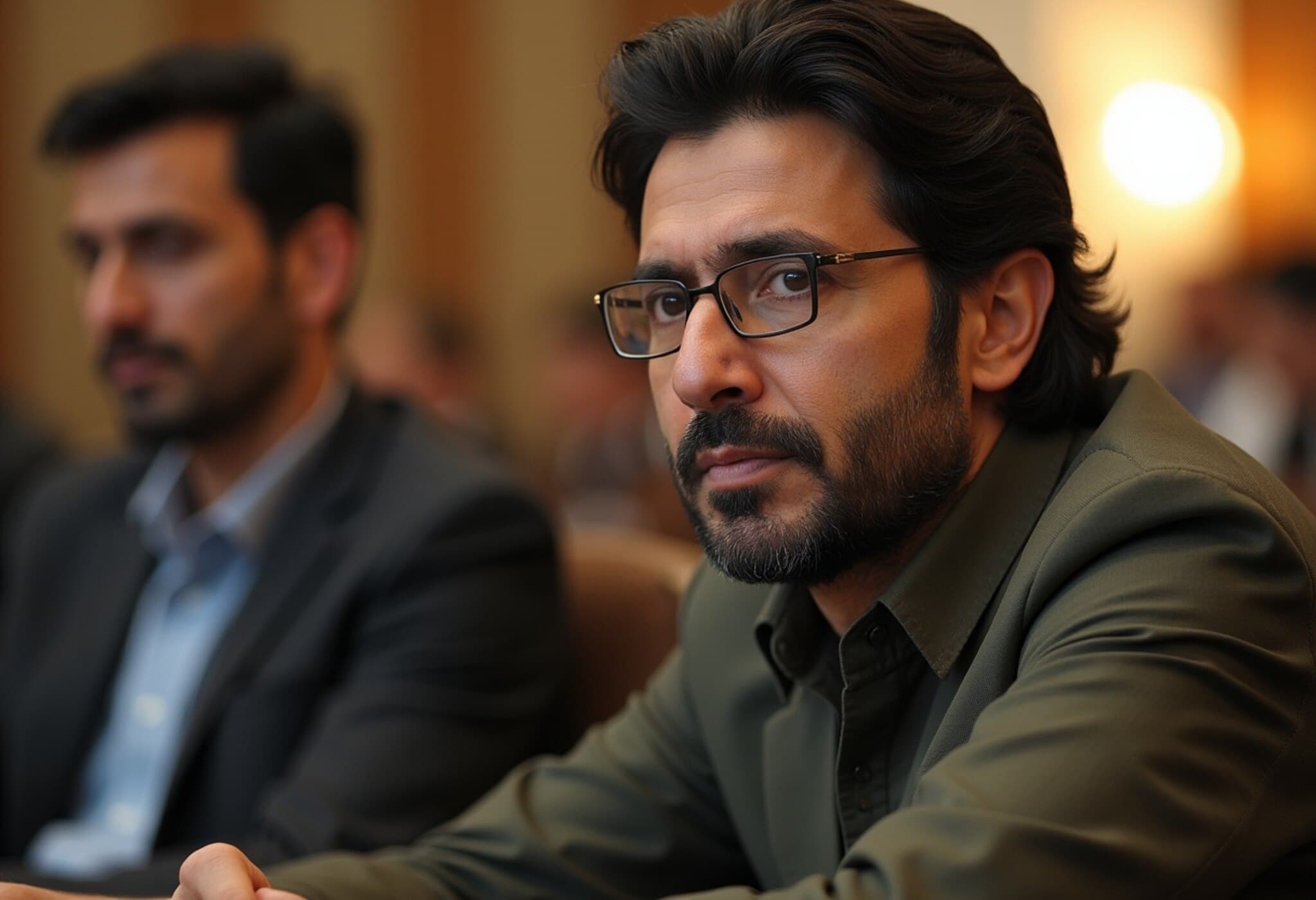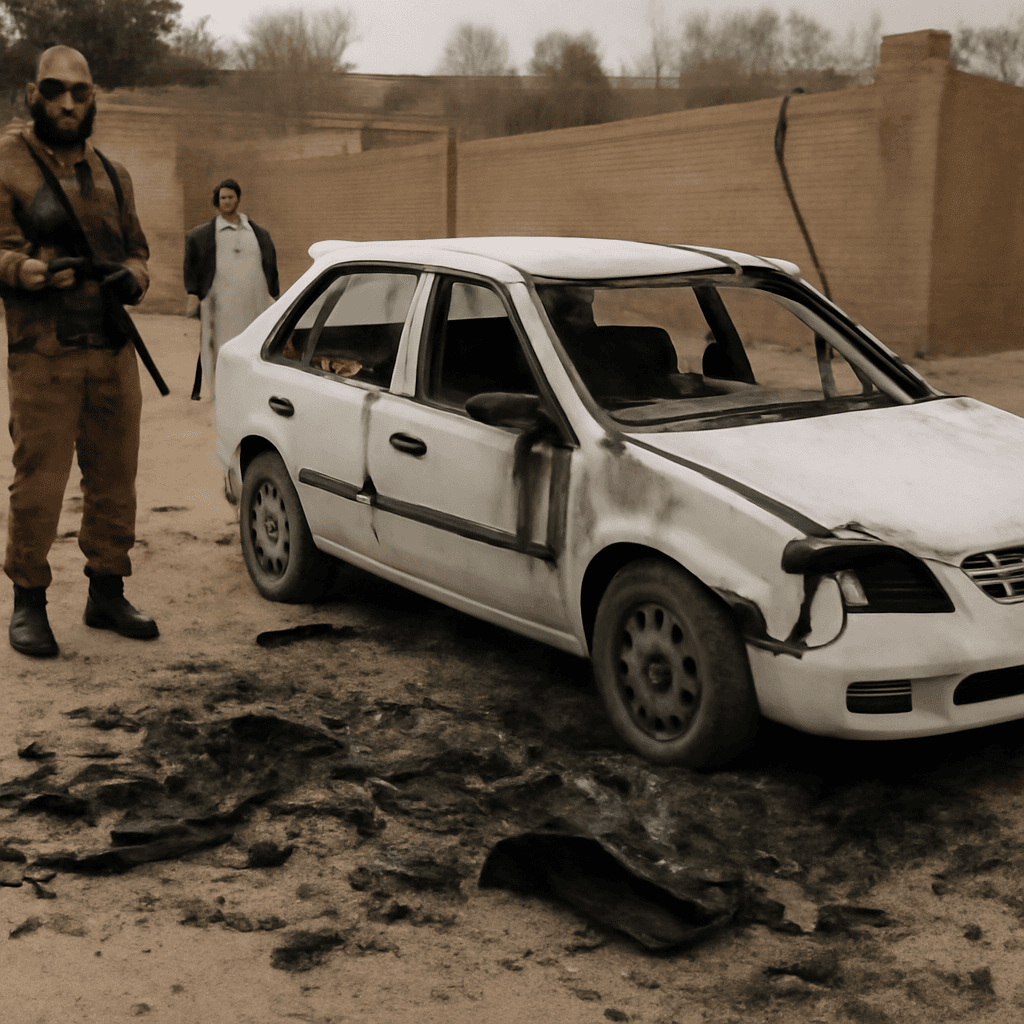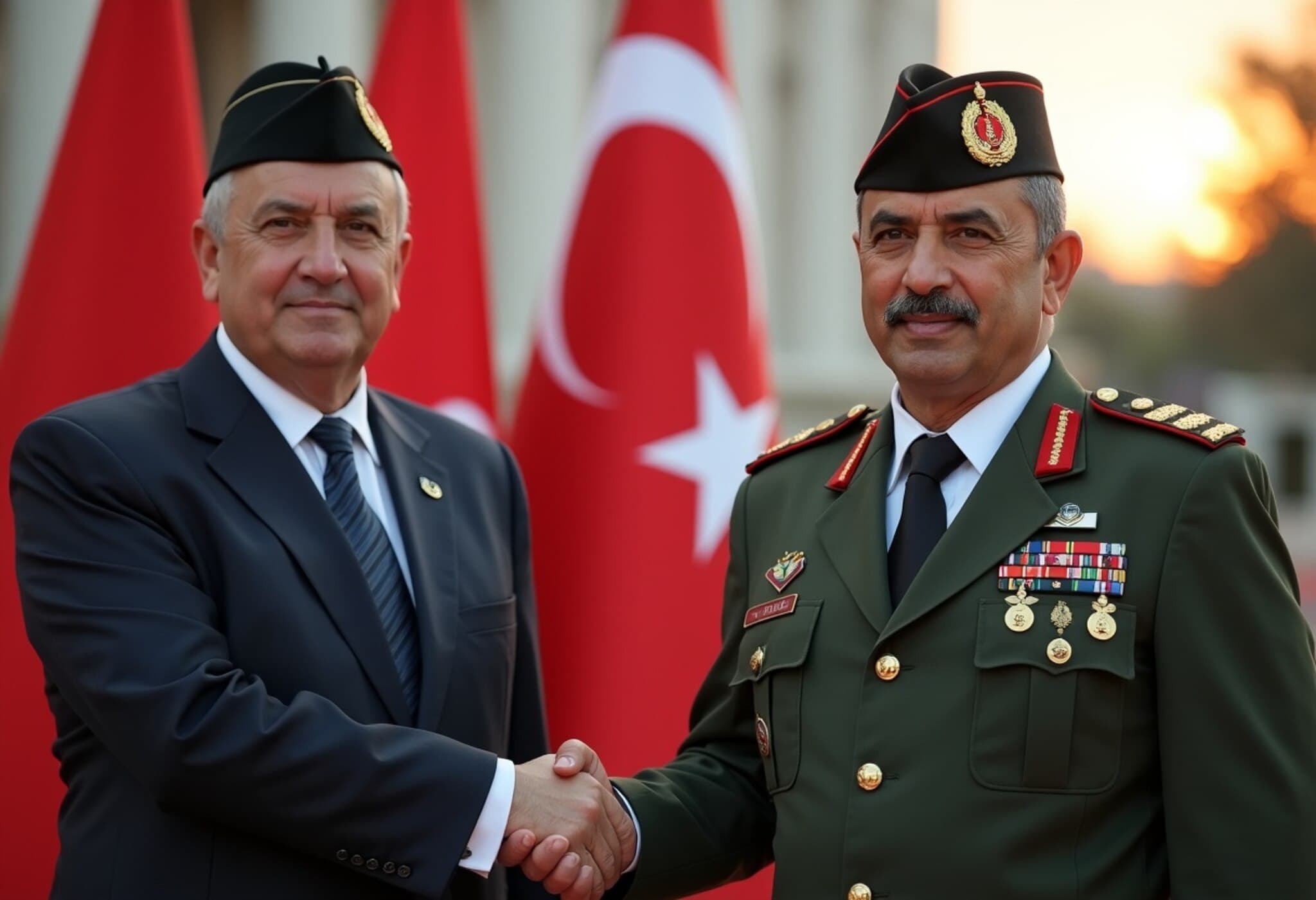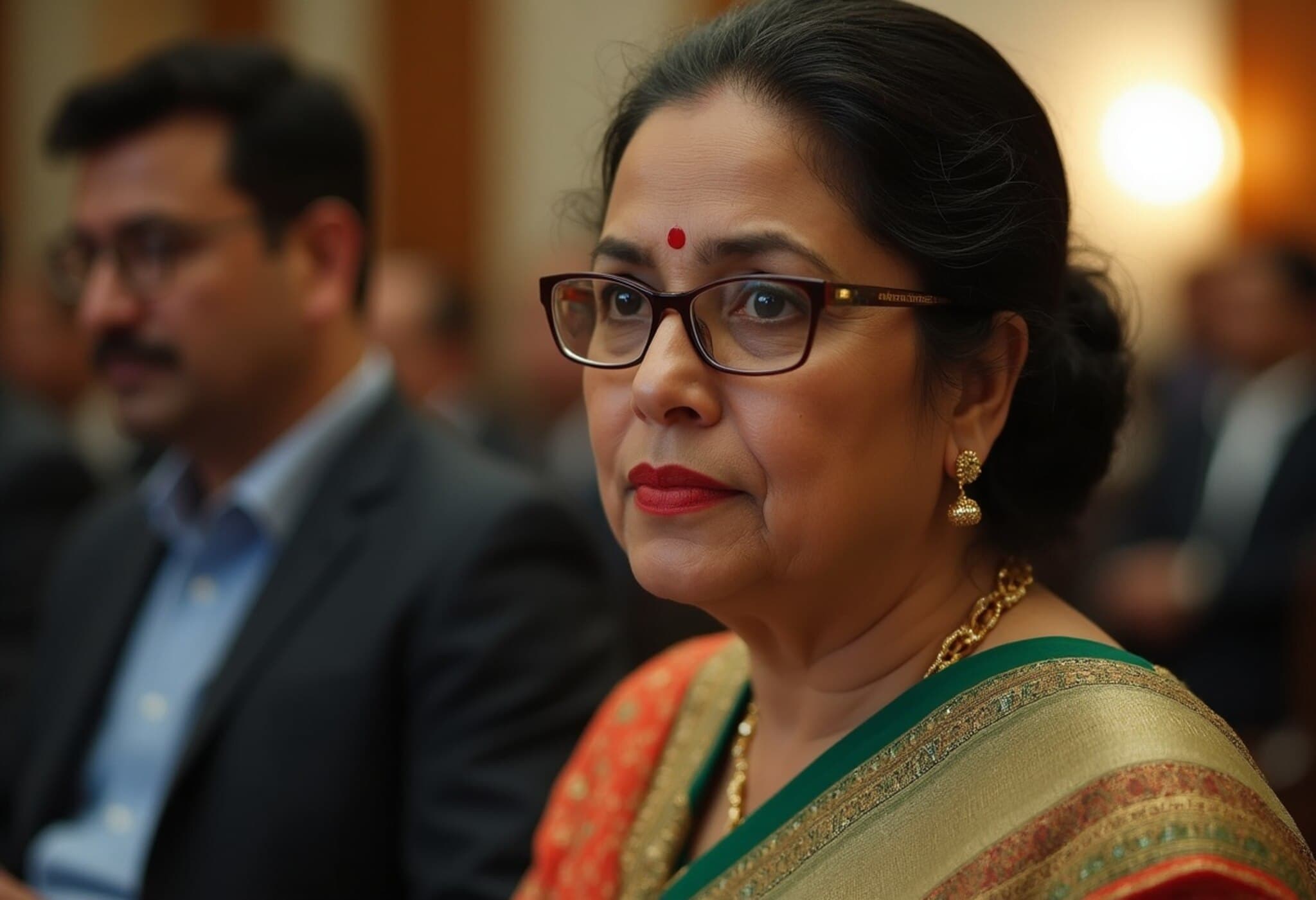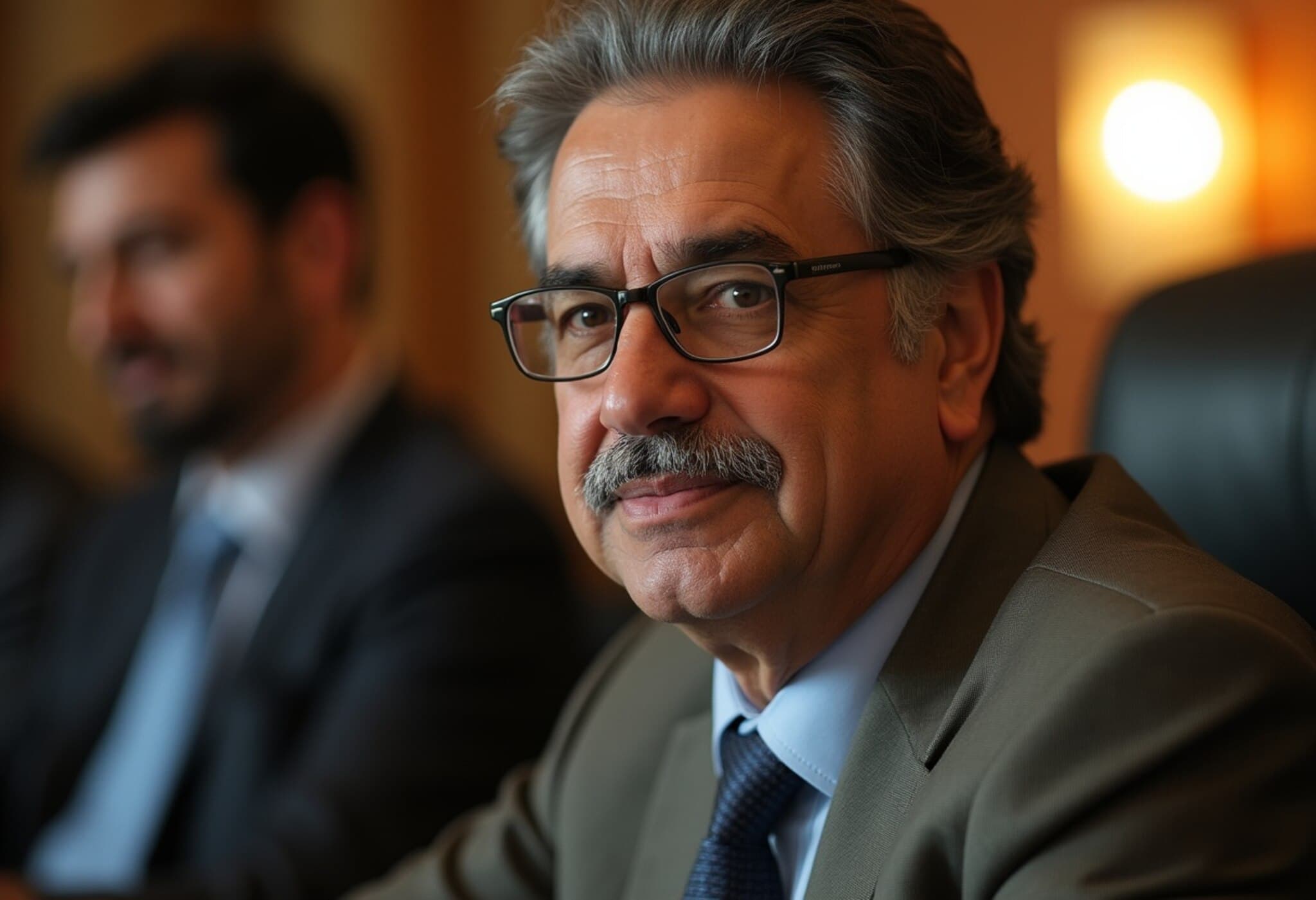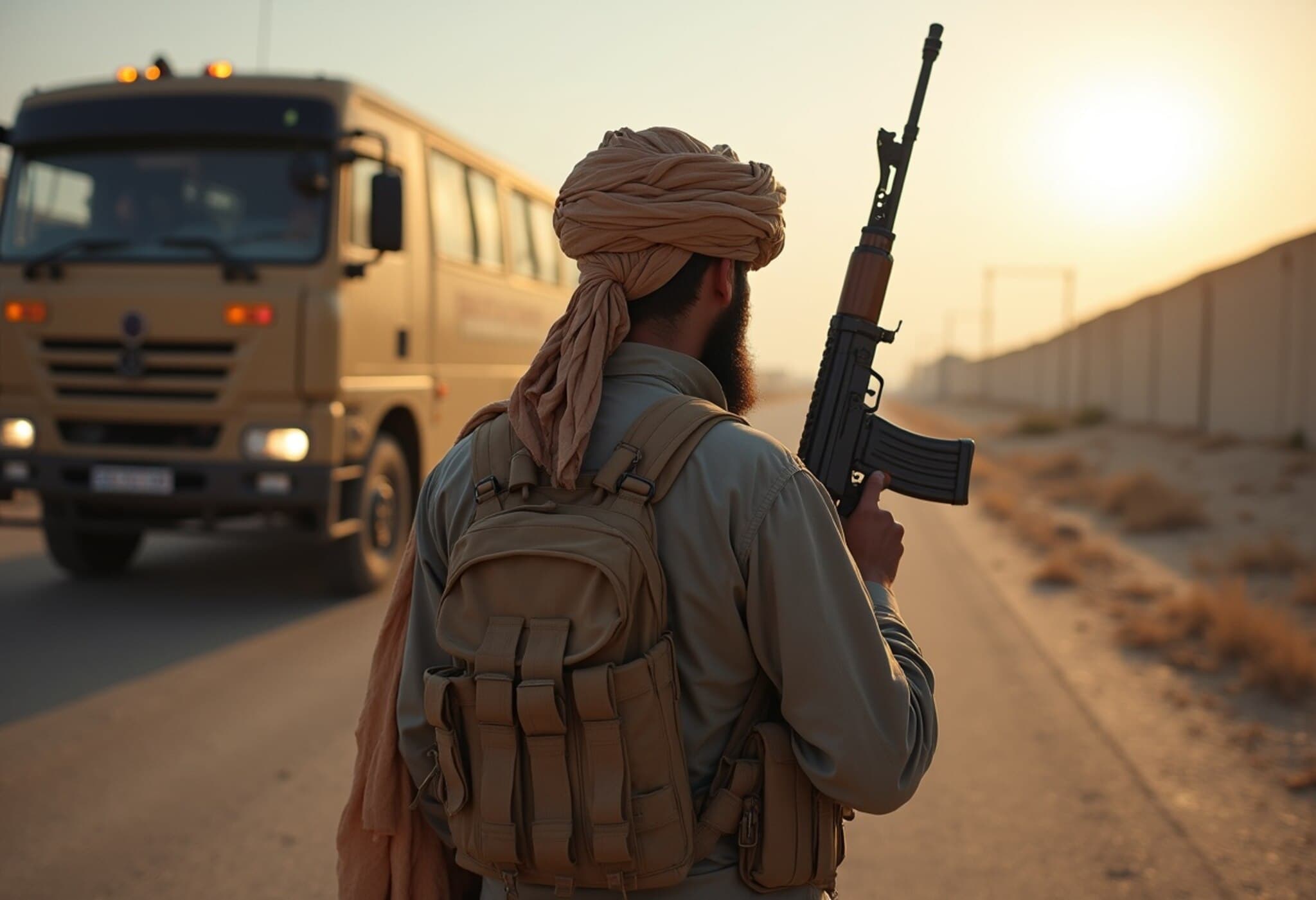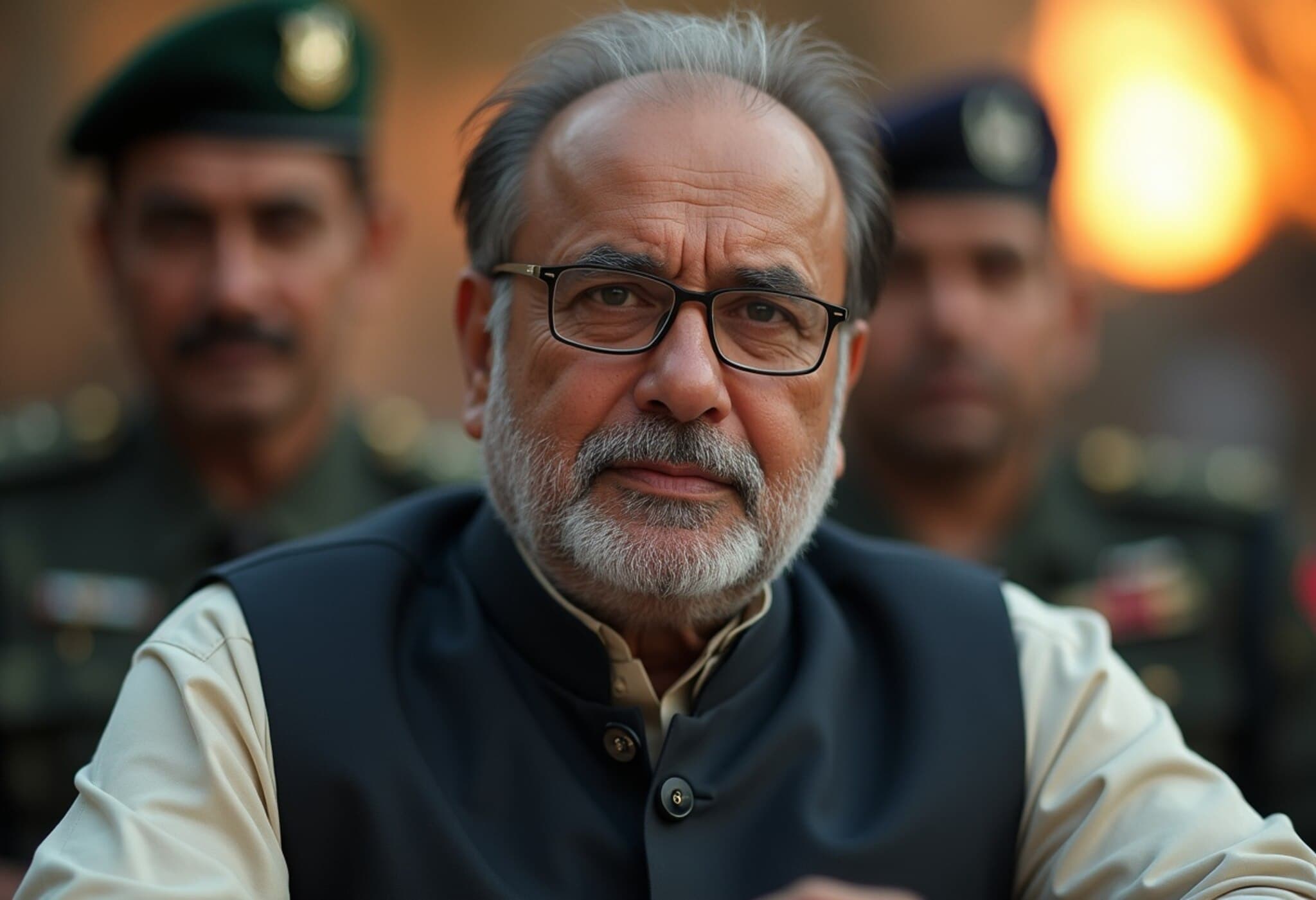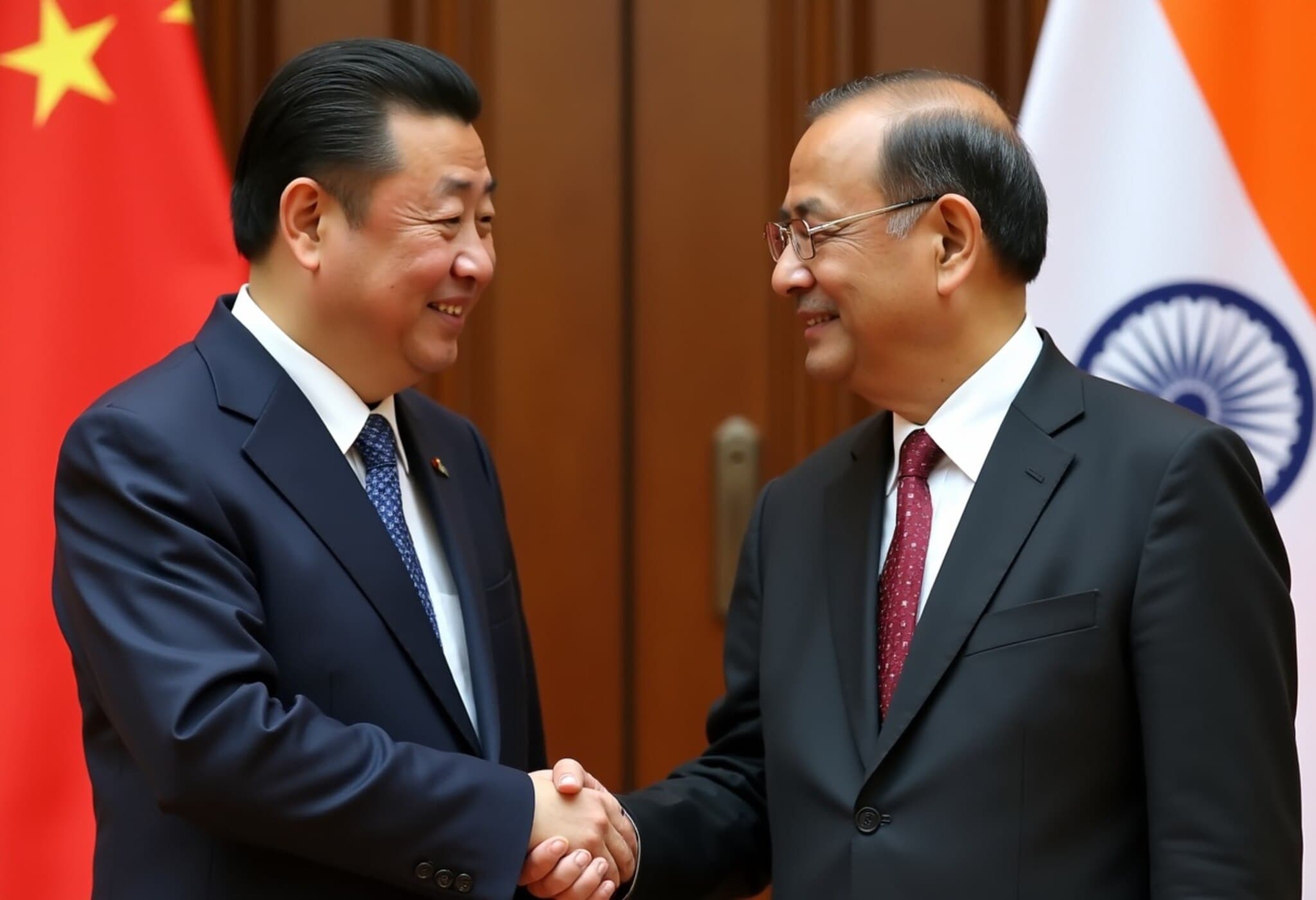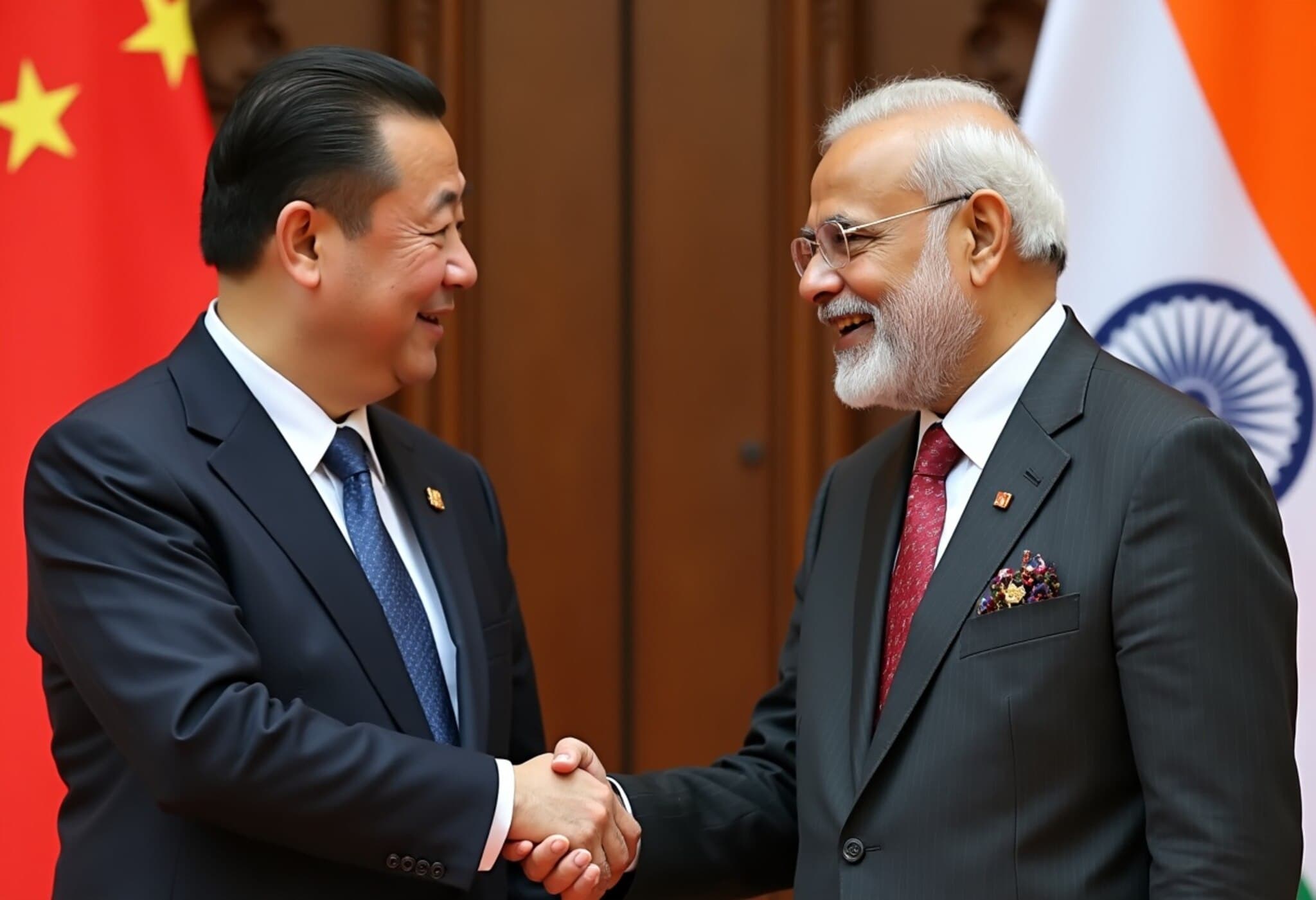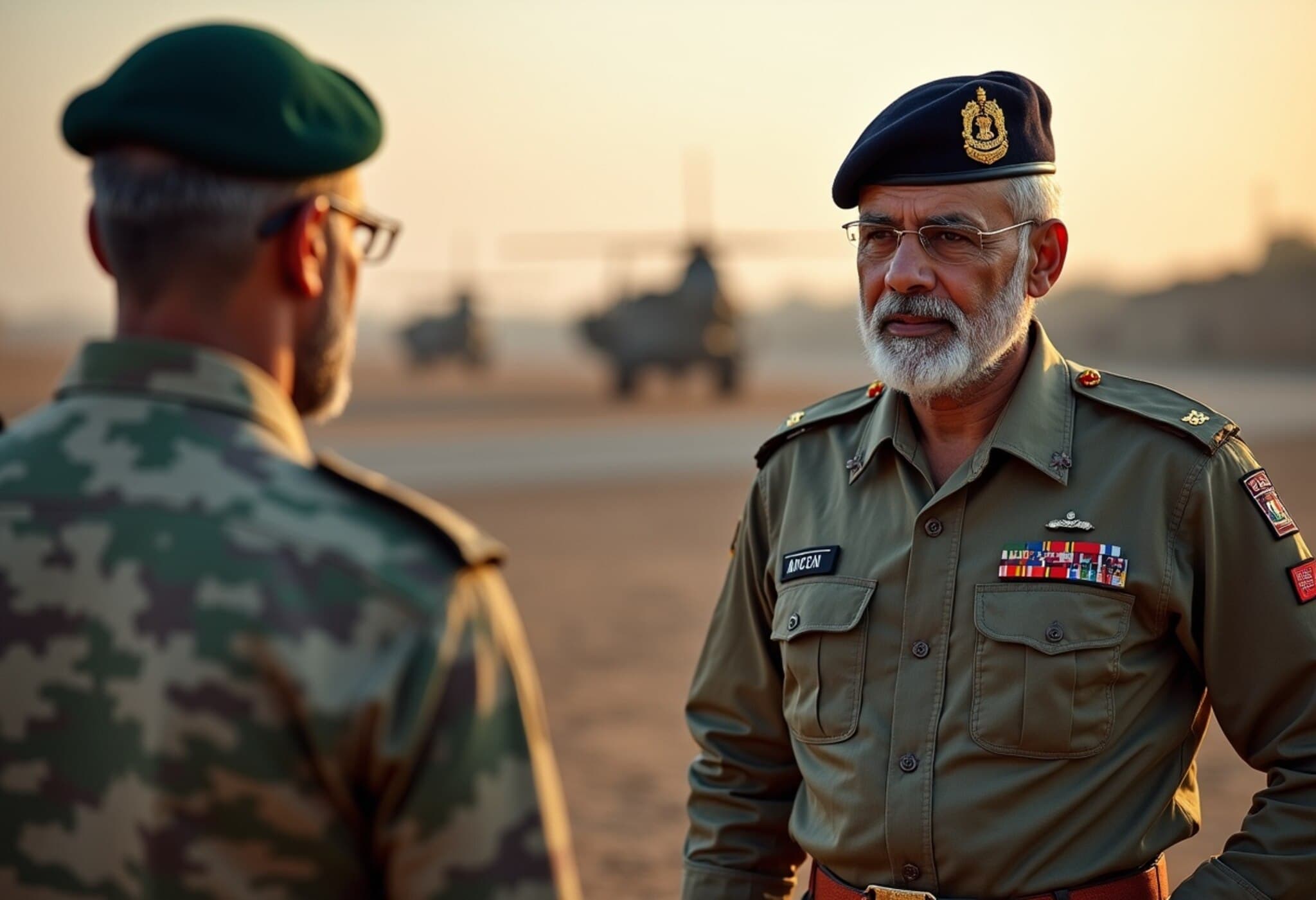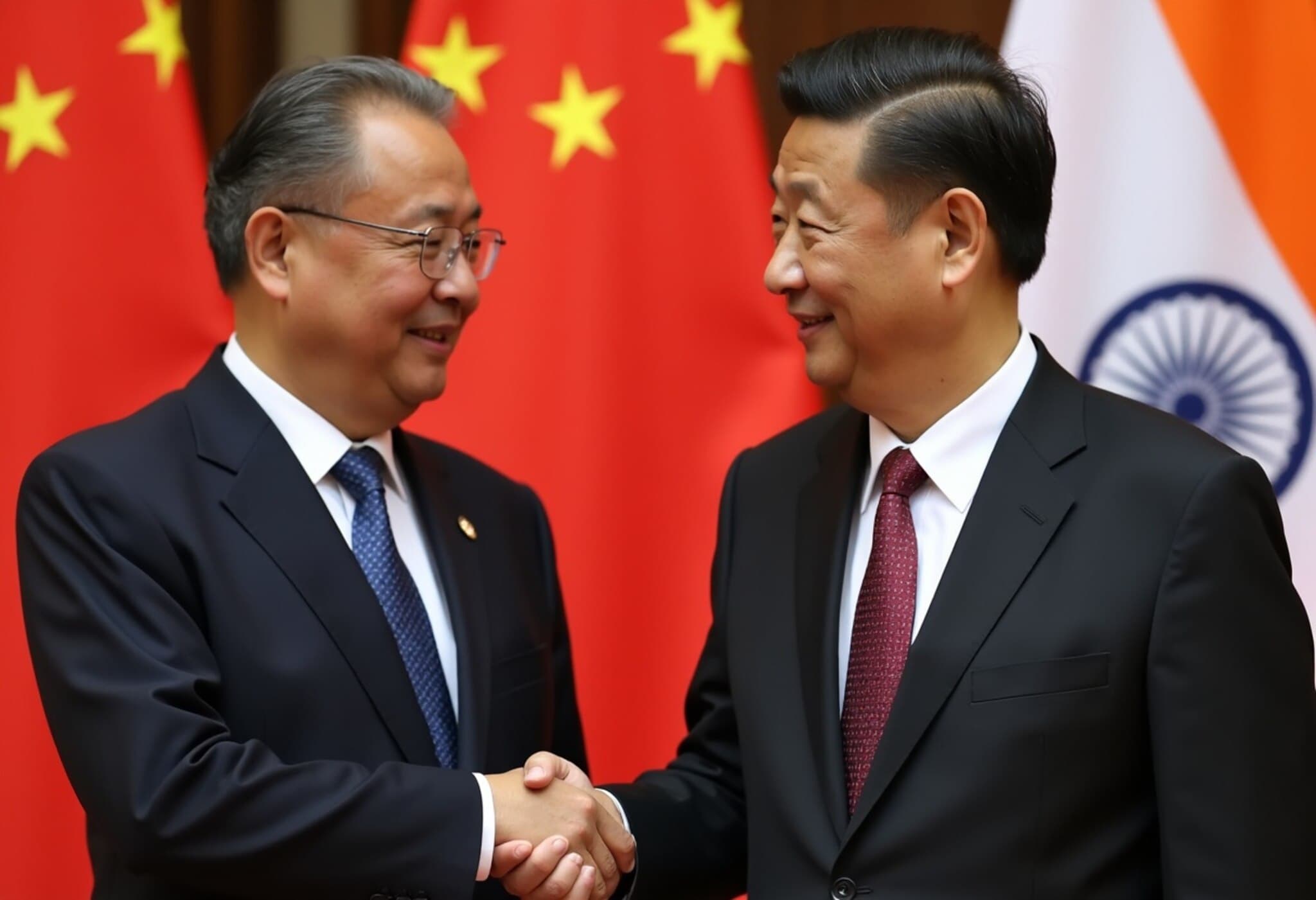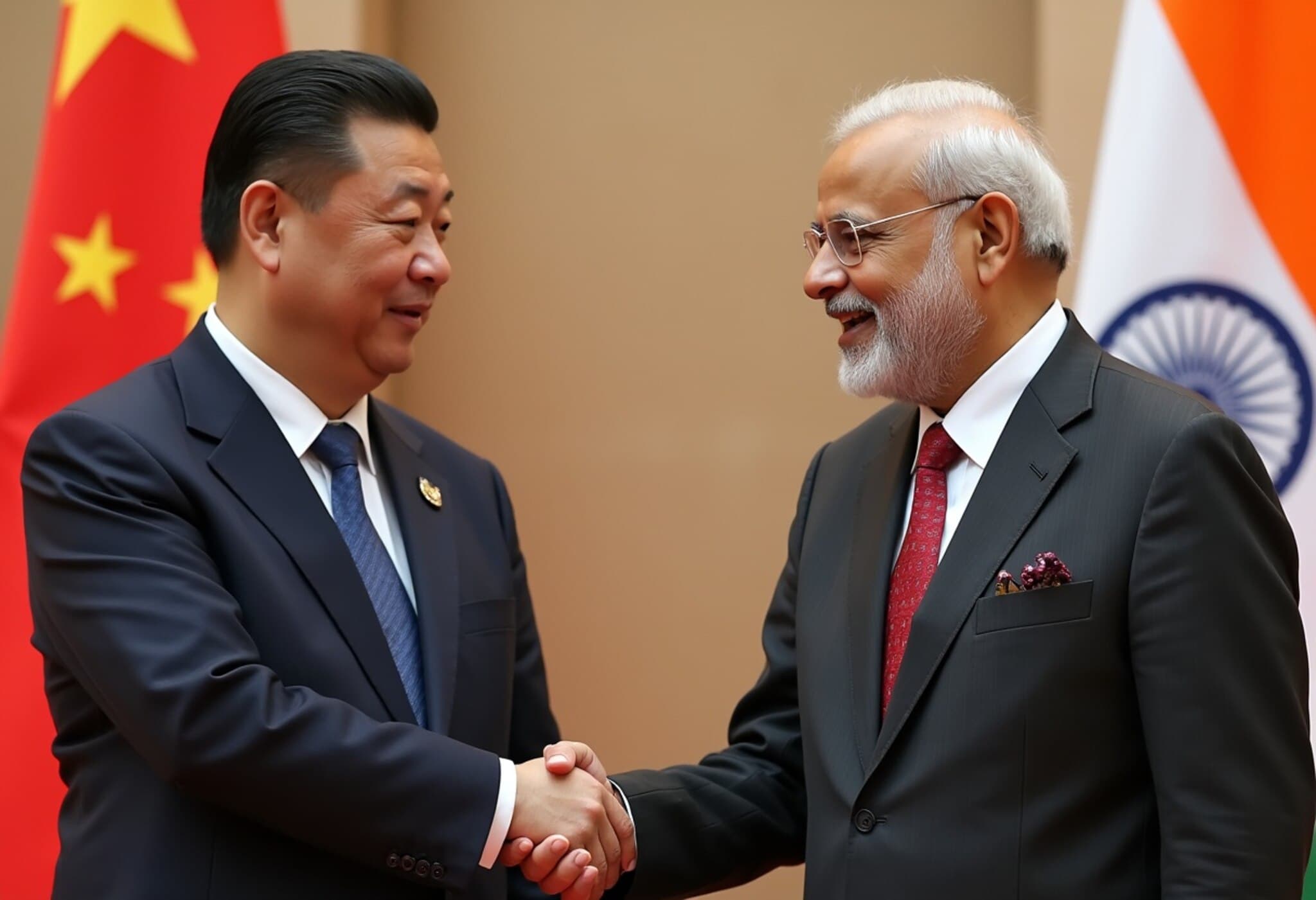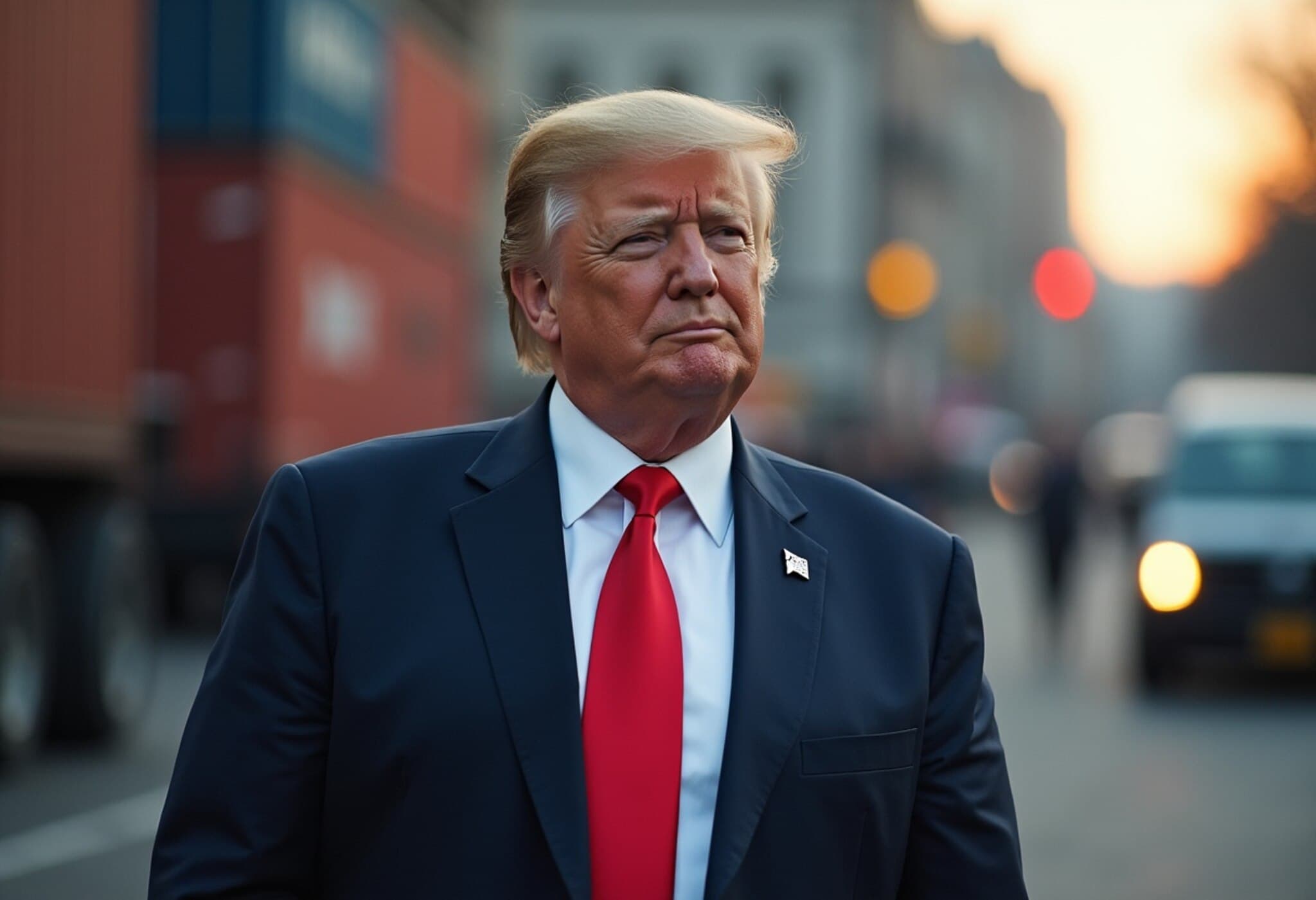India and Nepal to Resume Boundary Talks After Six-Year Hiatus
In a noteworthy development aimed at reinforcing bilateral ties, India and Nepal are set to restart their boundary discussions with the seventh meeting of the Boundary Working Group (BWG), scheduled from July 27 to 29 in New Delhi. This marks the first formal dialogue on border matters between the two neighbors since 2019, reigniting hopes for more systematic management and resolution of longstanding issues.
The Role of the Boundary Working Group
The BWG is the highest-level technical mechanism mandated to execute fieldwork related to the India-Nepal border such as construction, restoration, and repair of boundary pillars and clearing no-man’s land. Importantly, it does not directly handle disputed areas like Susta and Kalapani, which are addressed separately by foreign secretaries with BWG support.
Established during Prime Minister Narendra Modi’s 2014 Nepal visit, the BWG acts as a practical on-ground committee to maintain border infrastructure and relations. The group includes diverse officials including representatives from foreign, home, defence, law, and land management ministries, alongside experts and security personnel.
Background: Six-Year Pause and Reasons for Resumption
- The last BWG meeting took place in August 2019 in Dehradun, with ambitious targets to complete pending border tasks by 2022.
- The meeting schedule was disrupted due to the Covid-19 pandemic and exacerbated by renewed tensions following India's 2019 map release, which included the Kalapani area claimed by Nepal.
- Since then, Nepal has persistently advocated restarting talks at every high-level engagement with India.
- India initially cited pandemic-related concerns for the hiatus but continued bilateral cooperation through border security agencies.
Significance of the Upcoming Meeting
Led by Prakash Joshi, Director General of Nepal’s Department of Survey, the Nepali delegation will join Indian counterparts to resume efforts interrupted in 2019. The agenda includes:
- Reviewing progress and challenges encountered since the previous meeting.
- Resuming fieldwork activities such as inspection, maintenance, and installation of new boundary pillars.
- Conducting cross-border inventory aimed at identifying properties held by citizens of each country across boundary lines.
- Utilizing GPS technology for enhanced precision in demarcating border pillars and routes.
Expert Perspectives: Beyond Pillars and Maps
The resumption of the BWG meetings underscores a crucial reality: boundary management extends beyond territorial claims and maps. It directly impacts the everyday lives and security of border communities. The joint management of patrols by Nepal’s Armed Police Force and India's Sashastra Seema Bal reflects cooperative trust that can act as a confidence-building measure amid disputes.
Experts suggest this mechanism could become a template for other contested borders, emphasizing dialogue and technical cooperation over rhetoric or unilateral actions. However, unresolved disputes like Kalapani and Susta require parallel diplomatic efforts, highlighting the complexity of boundary issues within South Asia.
Looking Ahead: Challenges and Opportunities
While re-engagement is a positive step, multiple challenges remain:
- Political Will: Sustained commitment from both nations' political leadership will be vital to translate talks into tangible outcomes.
- Community Involvement: Local populations impacted by boundary adjustments and patrols need inclusive consultations to prevent tension.
- Transparency and Public Communication: Clear dissemination of progress can help manage nationalist sentiments that often complicate border discussions.
Nevertheless, the meeting's success offers a potential reset for India-Nepal border cooperation, balancing national sovereignty concerns with regional harmony.
Editor’s Note
The rekindling of India-Nepal boundary talks after six years is more than a procedural formality—it represents a critical junction where historical sensitivities, geopolitical realities, and the daily lives of border communities converge. While technical teams will pour over pillars and GPS data, the broader question remains: can this dialogue bridge political divides and foster lasting goodwill? Observers should watch not only the outcomes of the BWG meeting but also the diplomatic momentum it generates for resolving the deeper, more contentious disputed territories.

